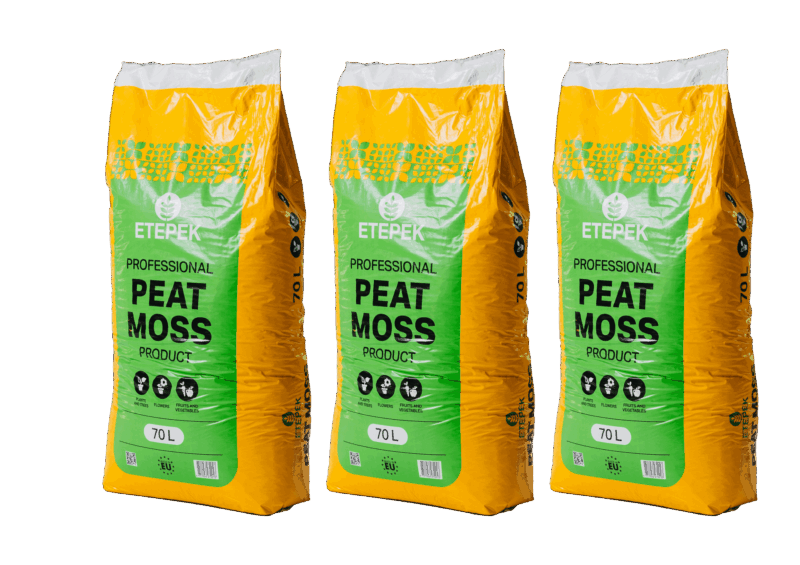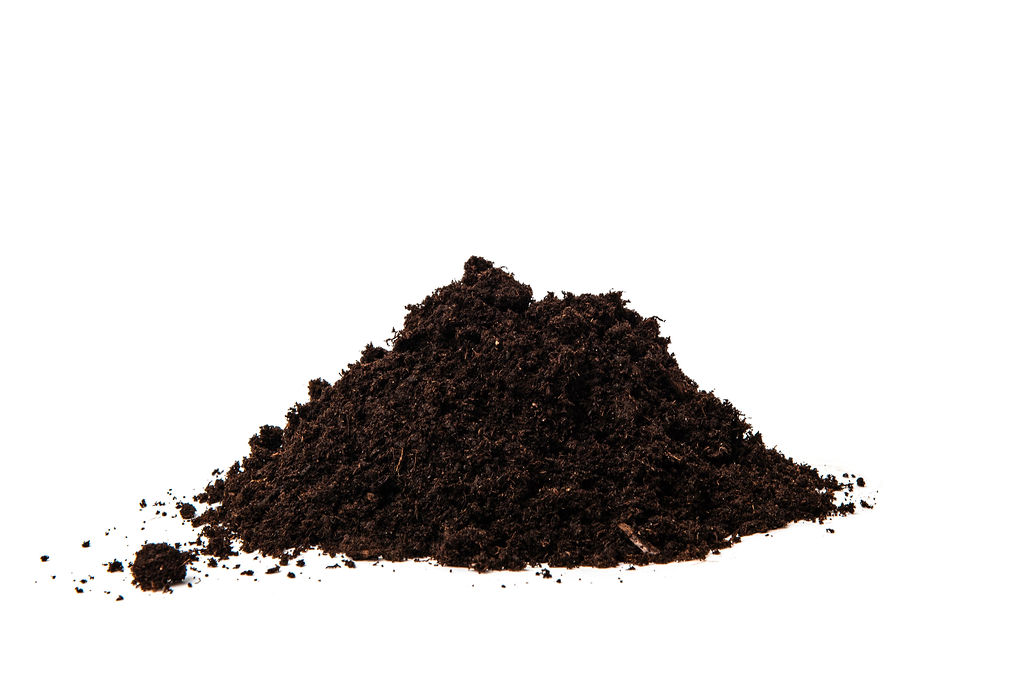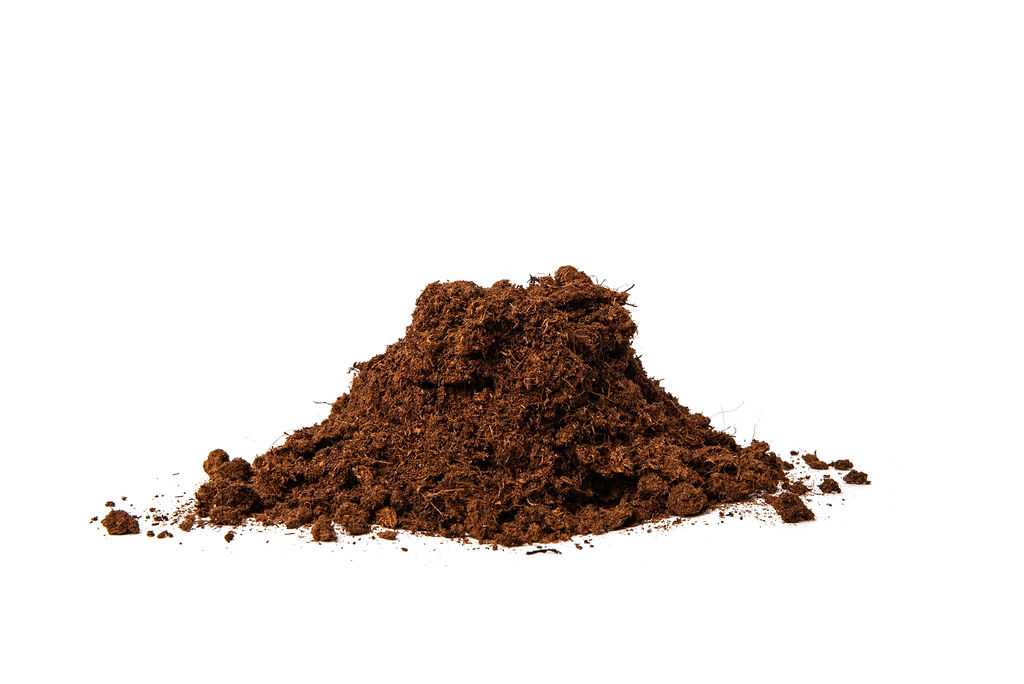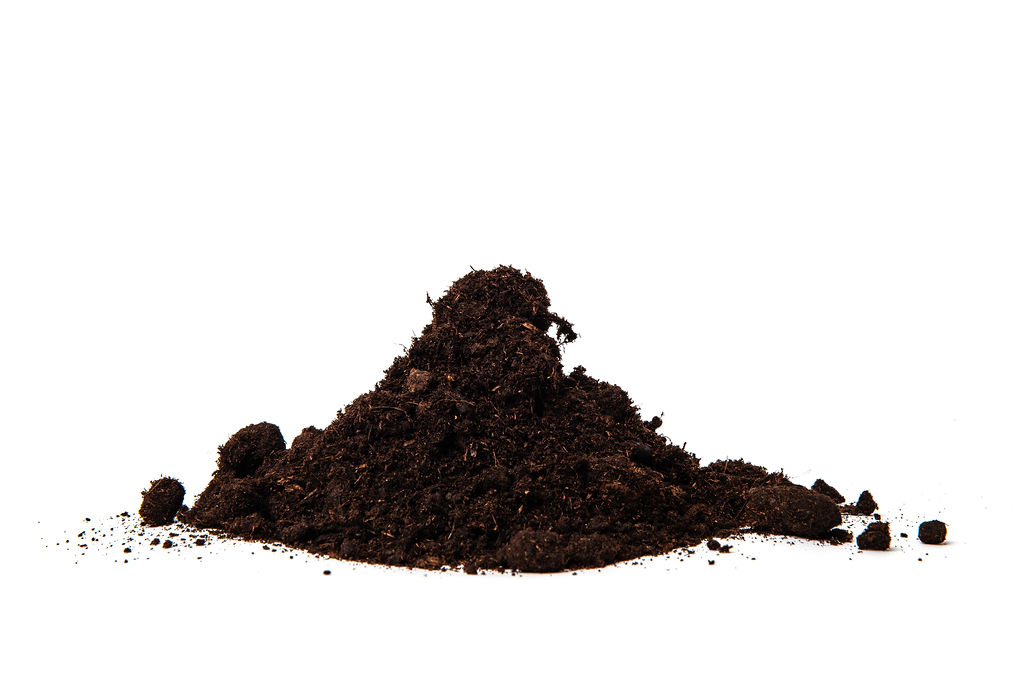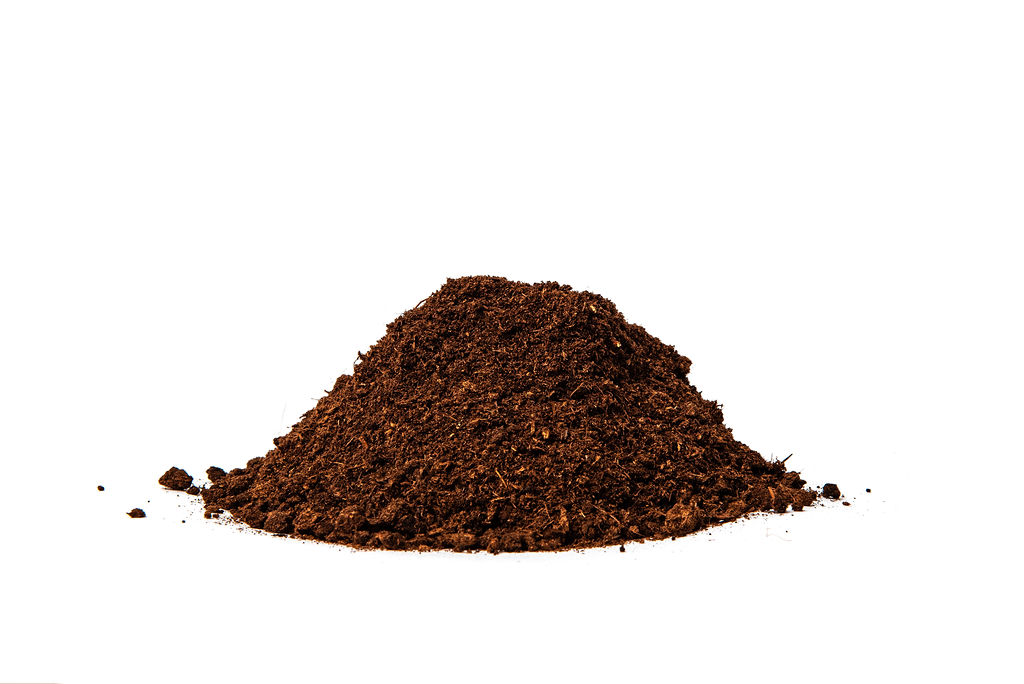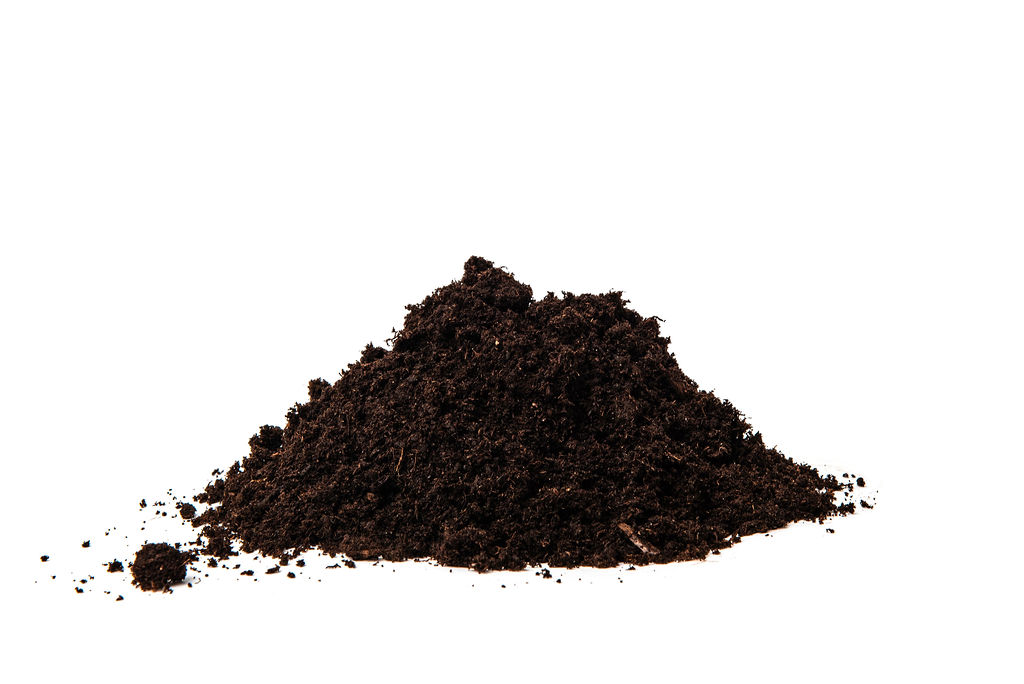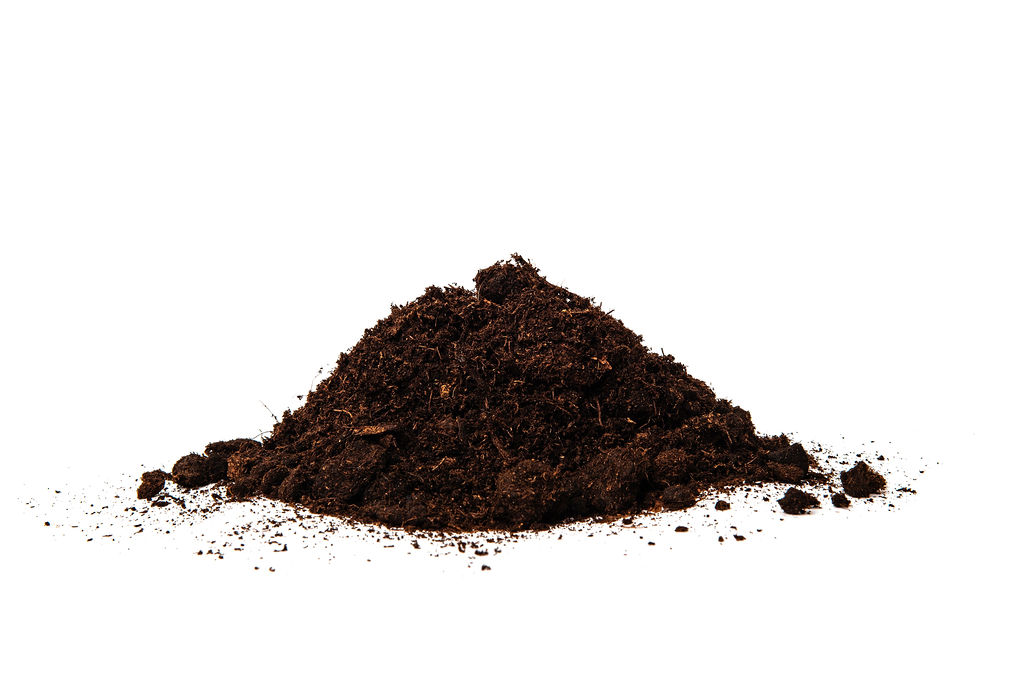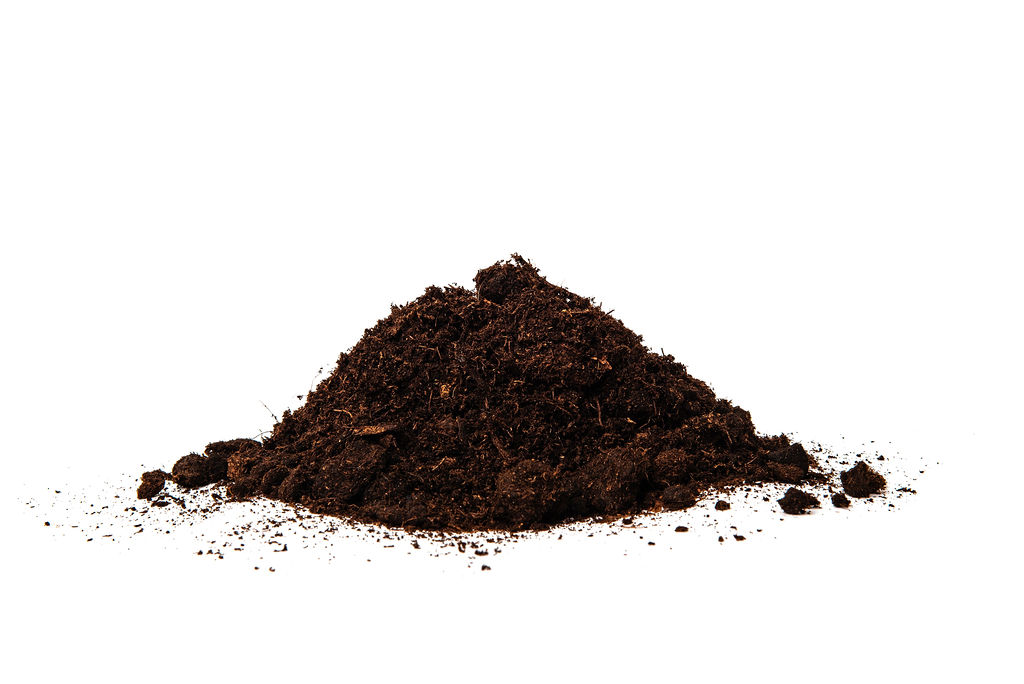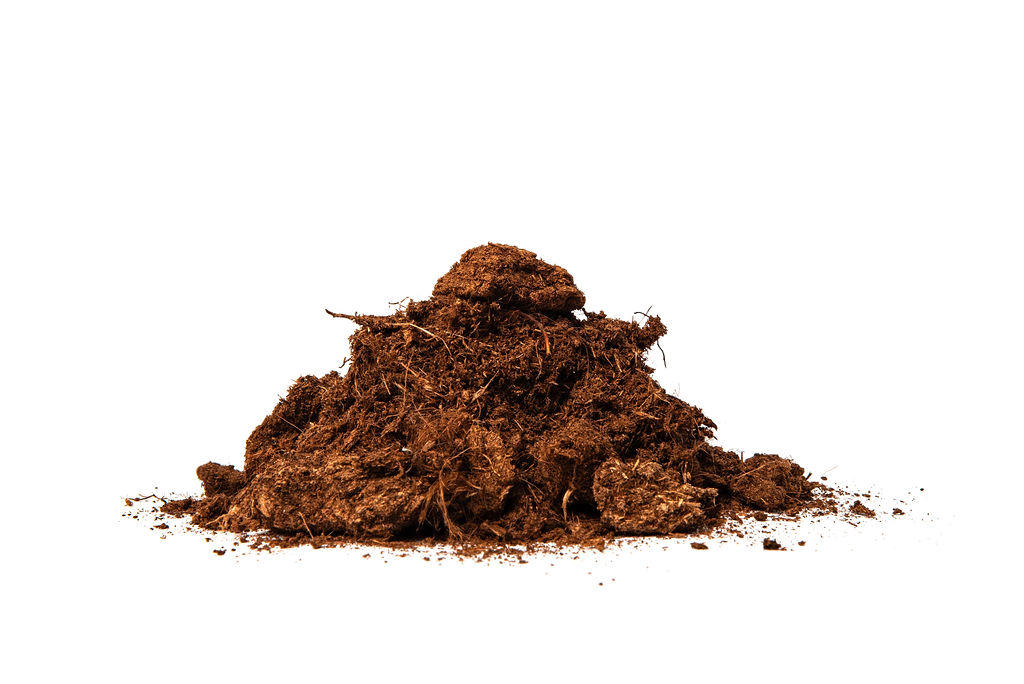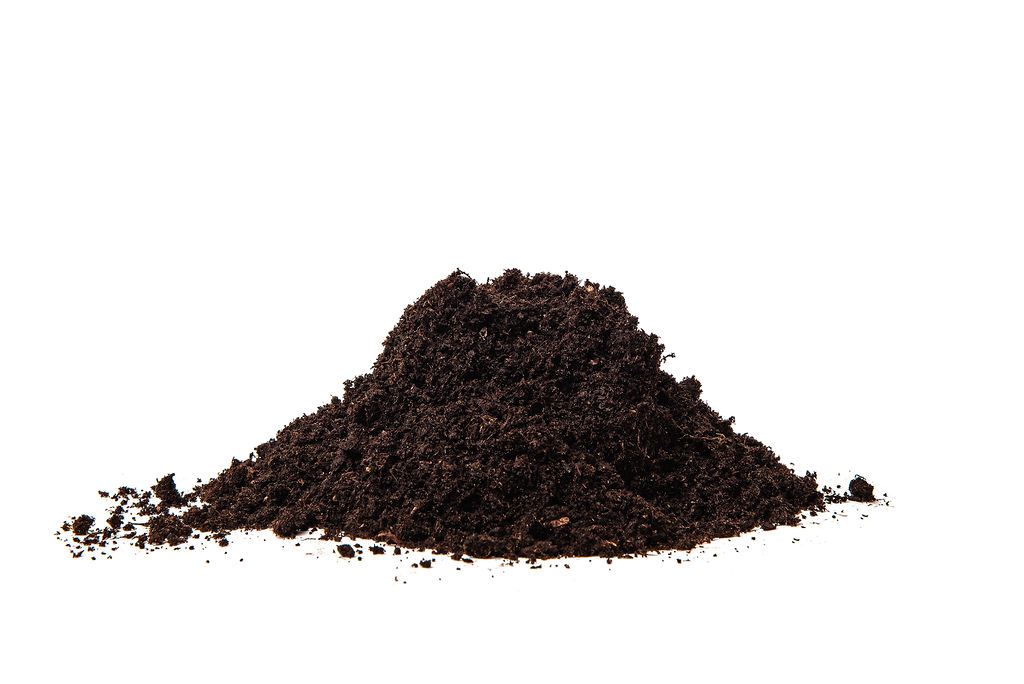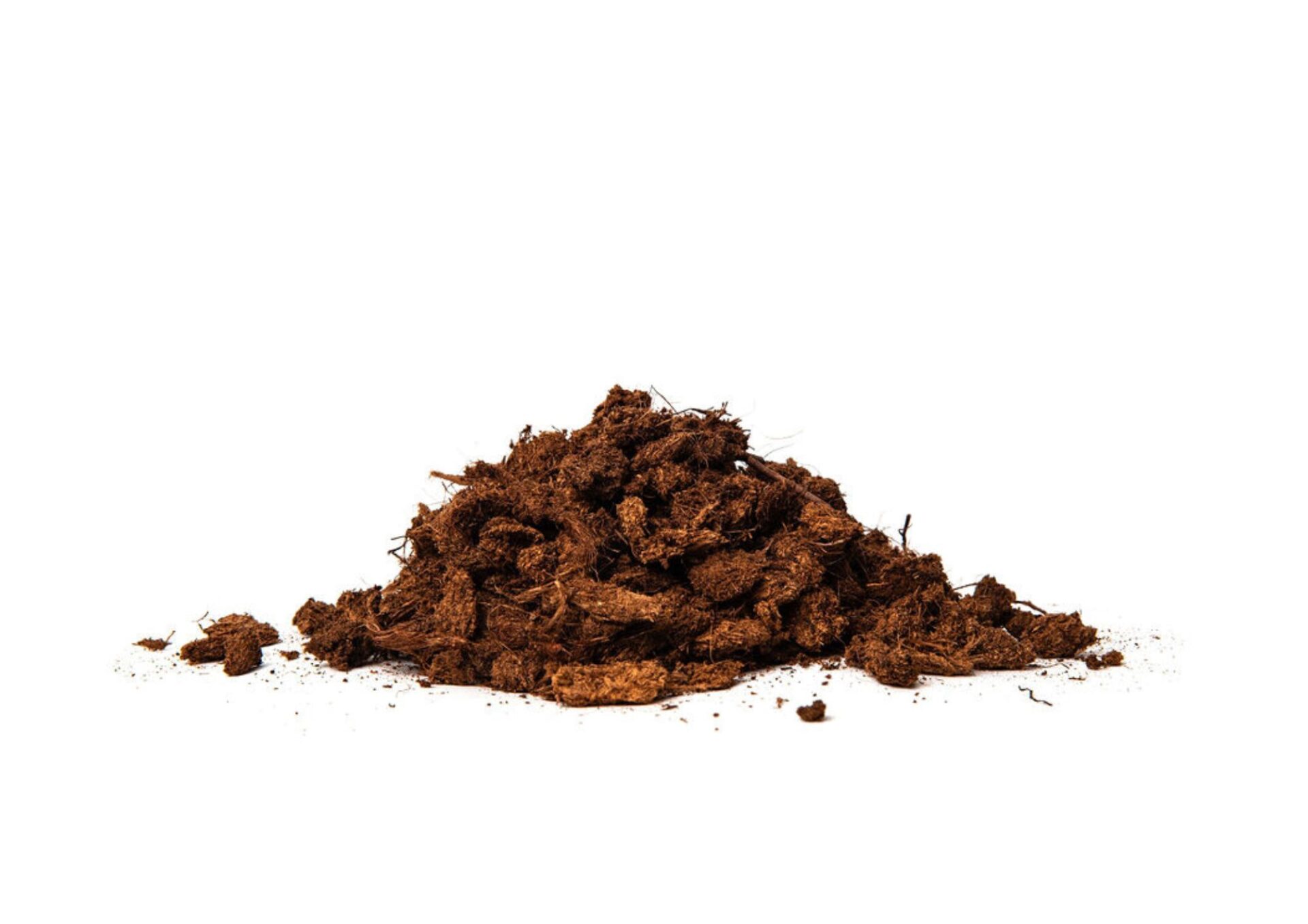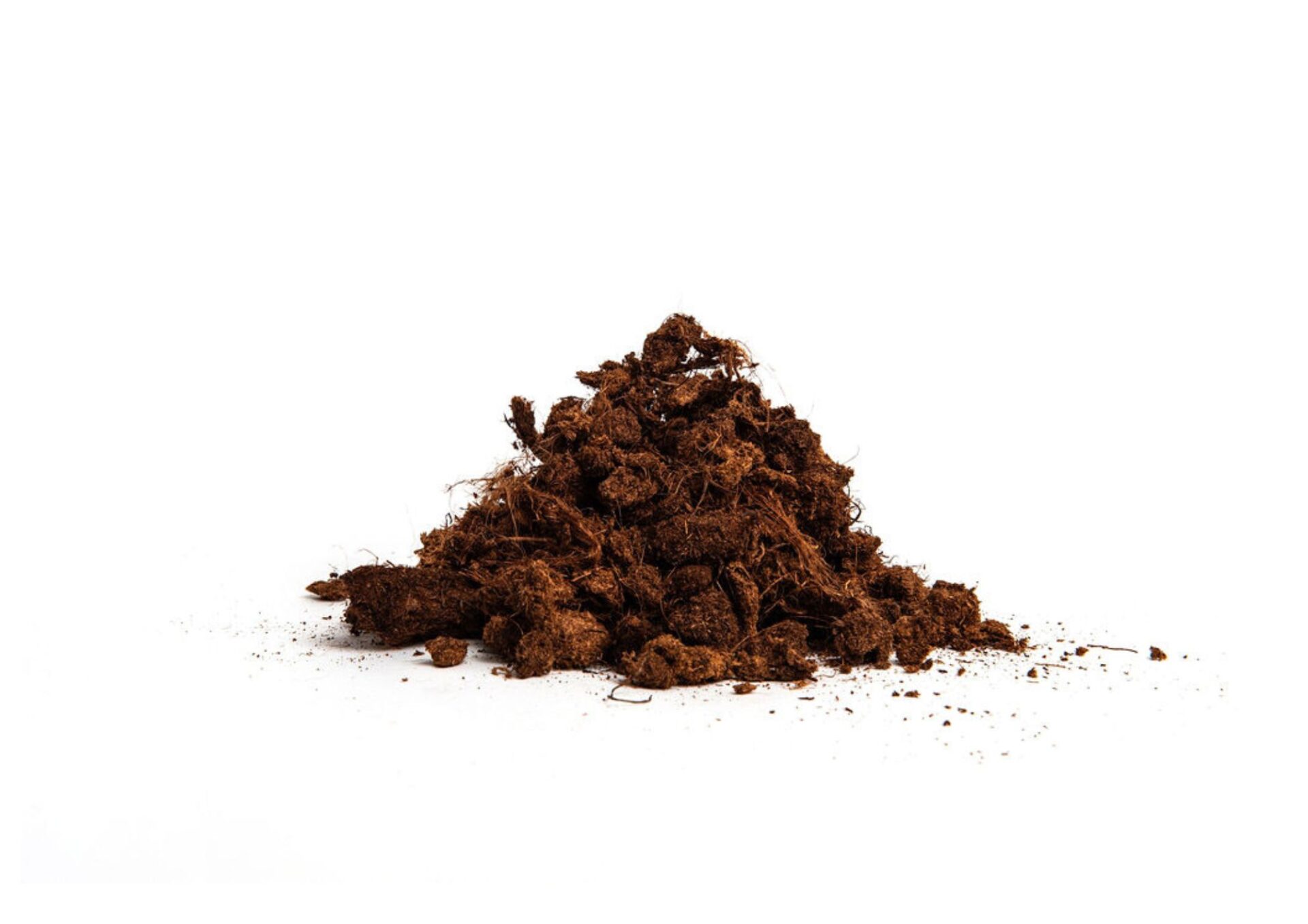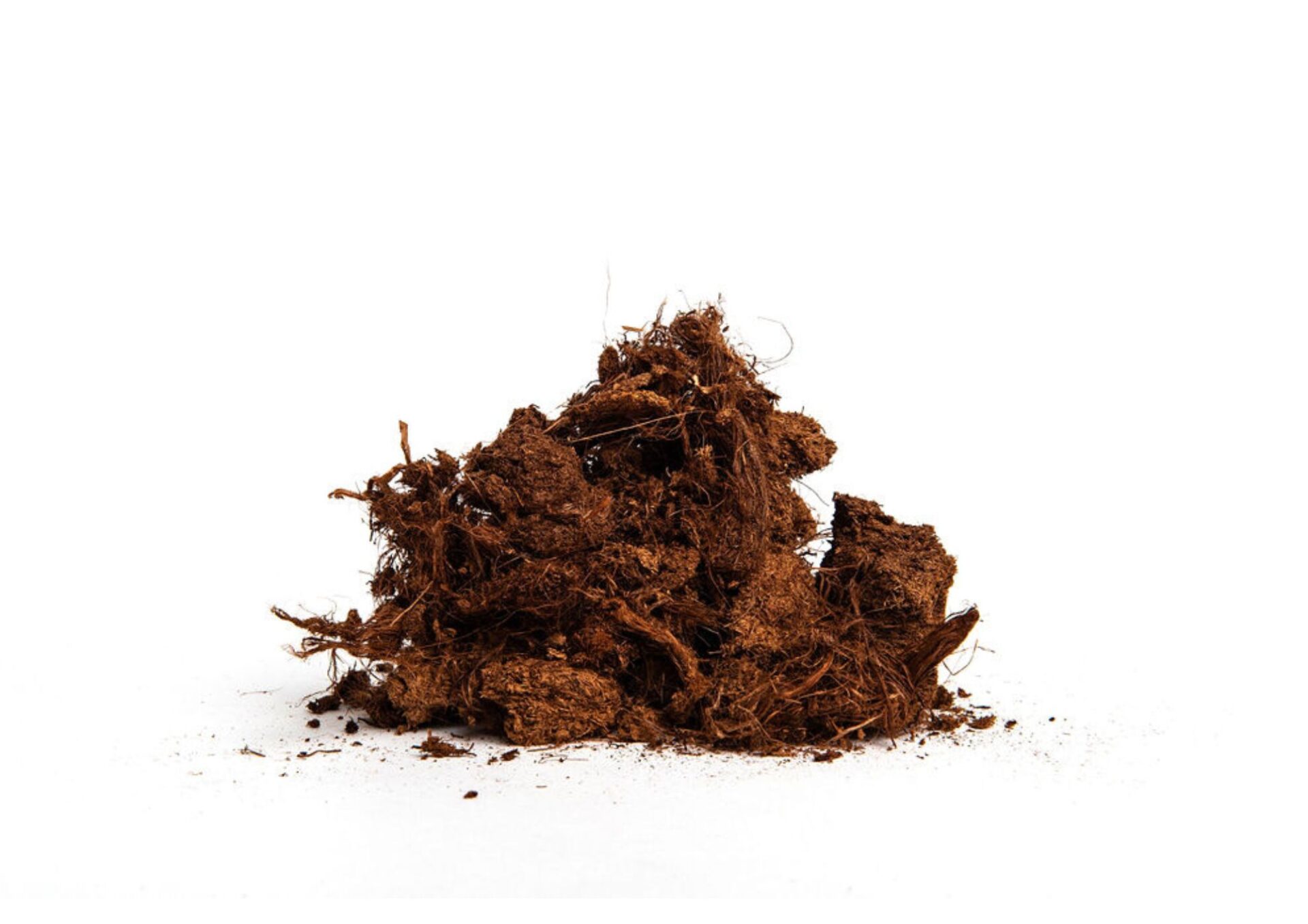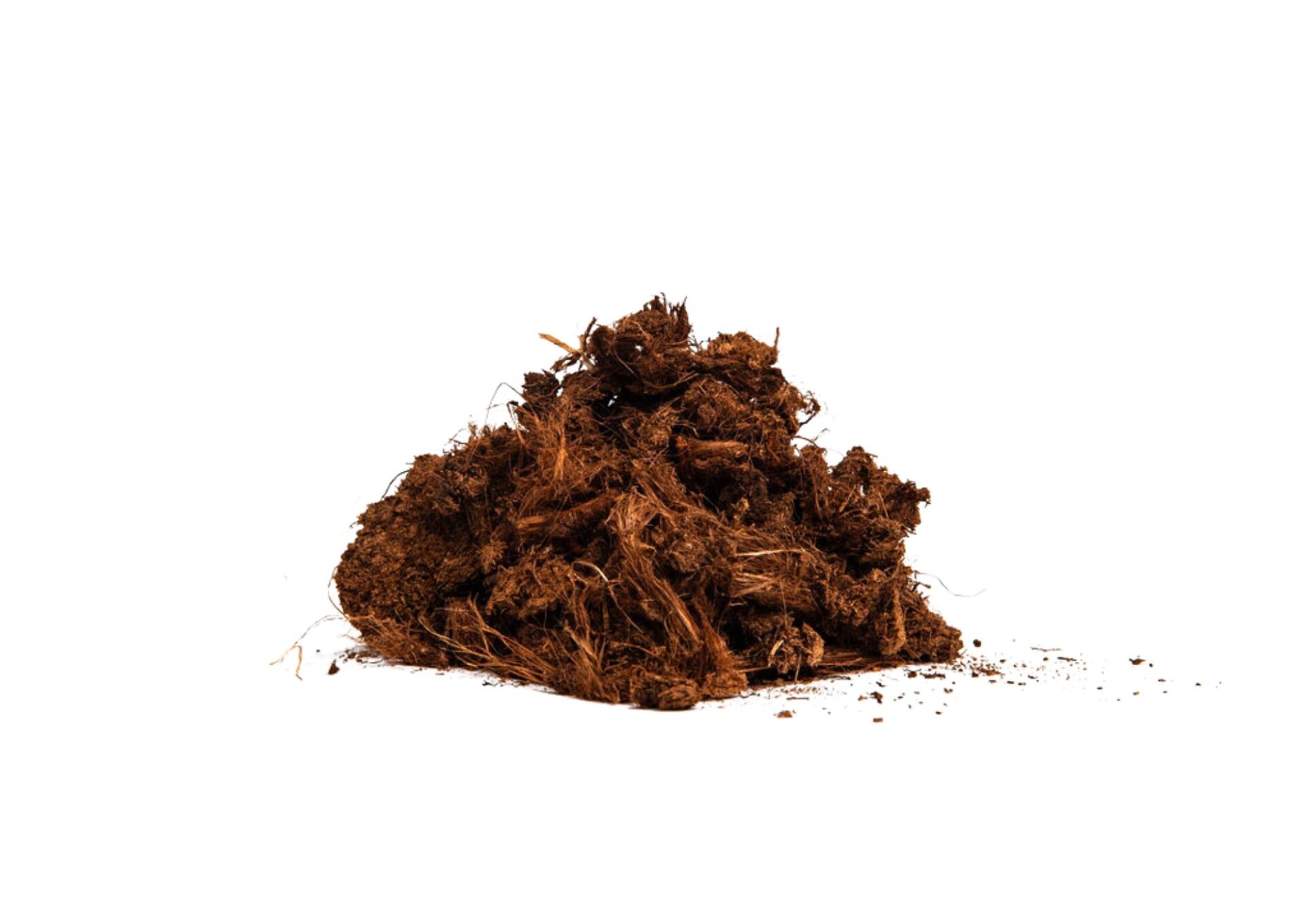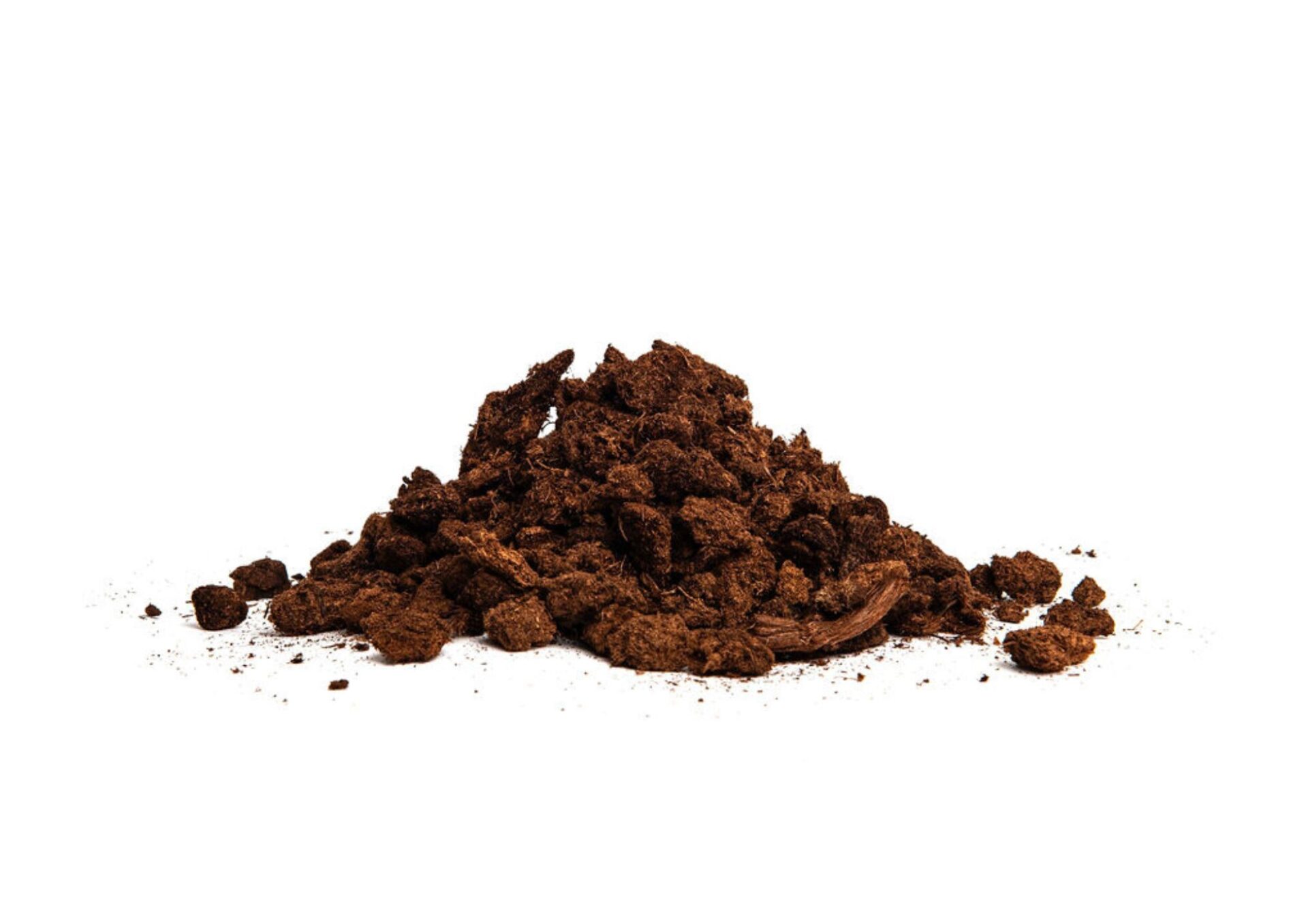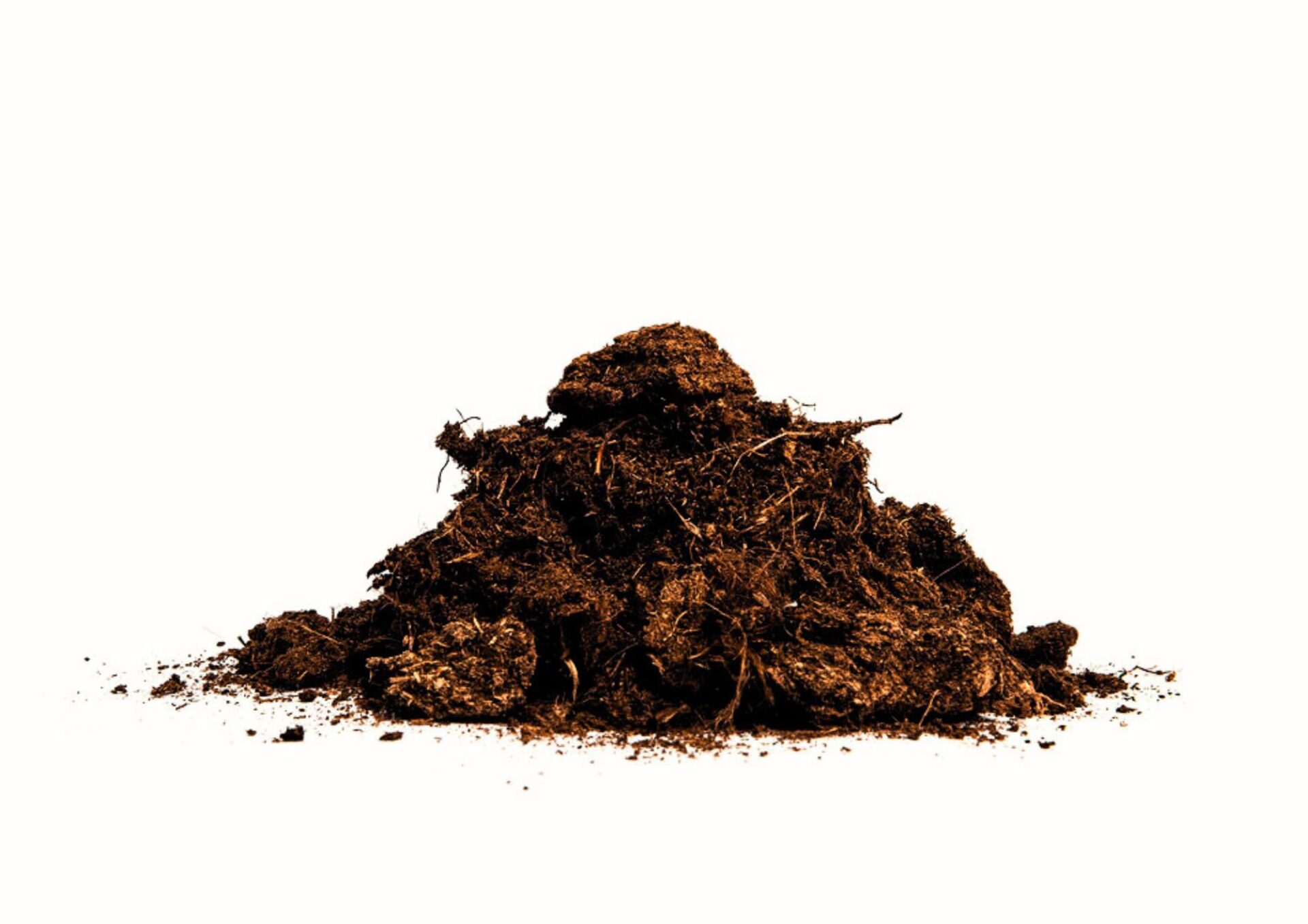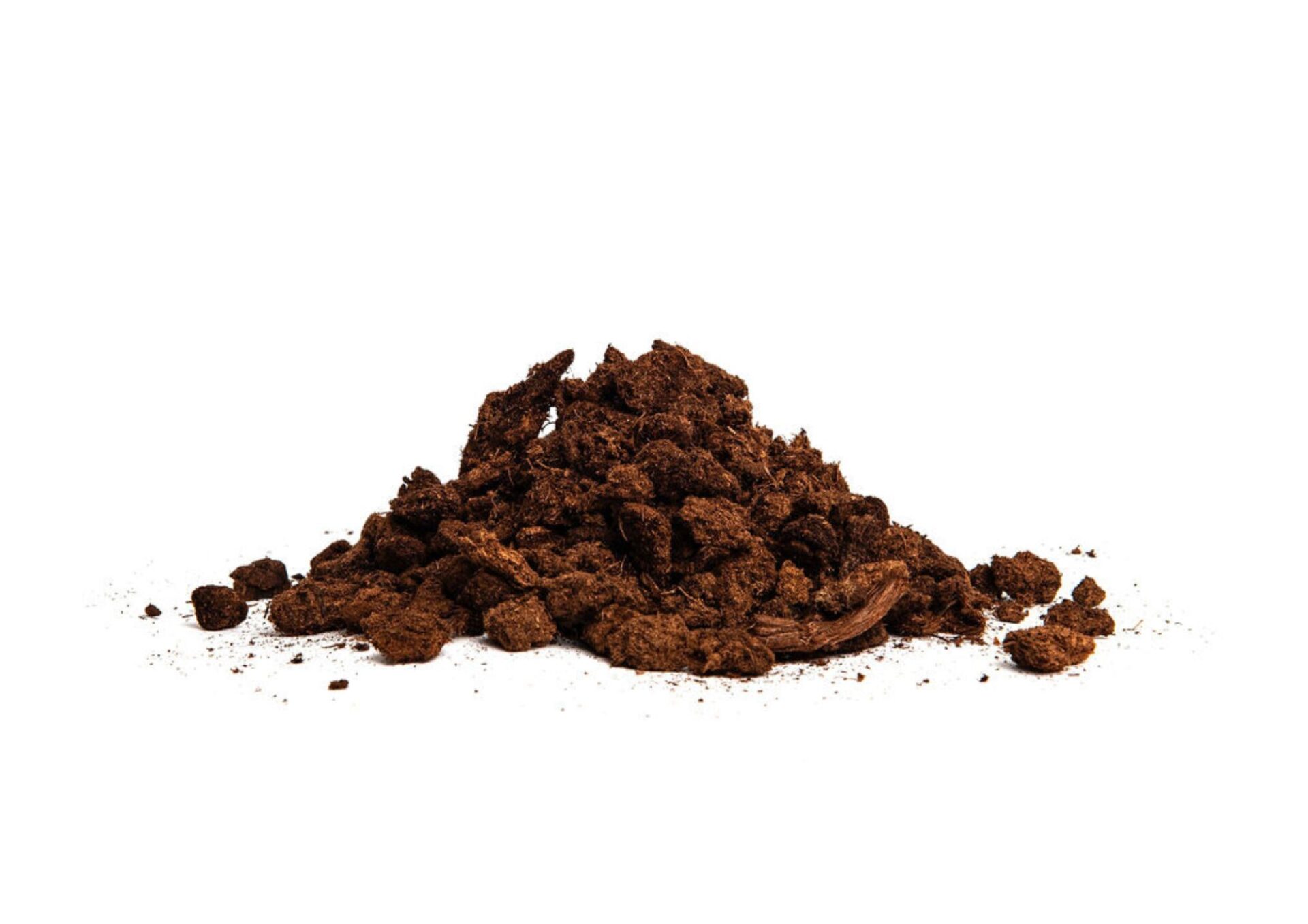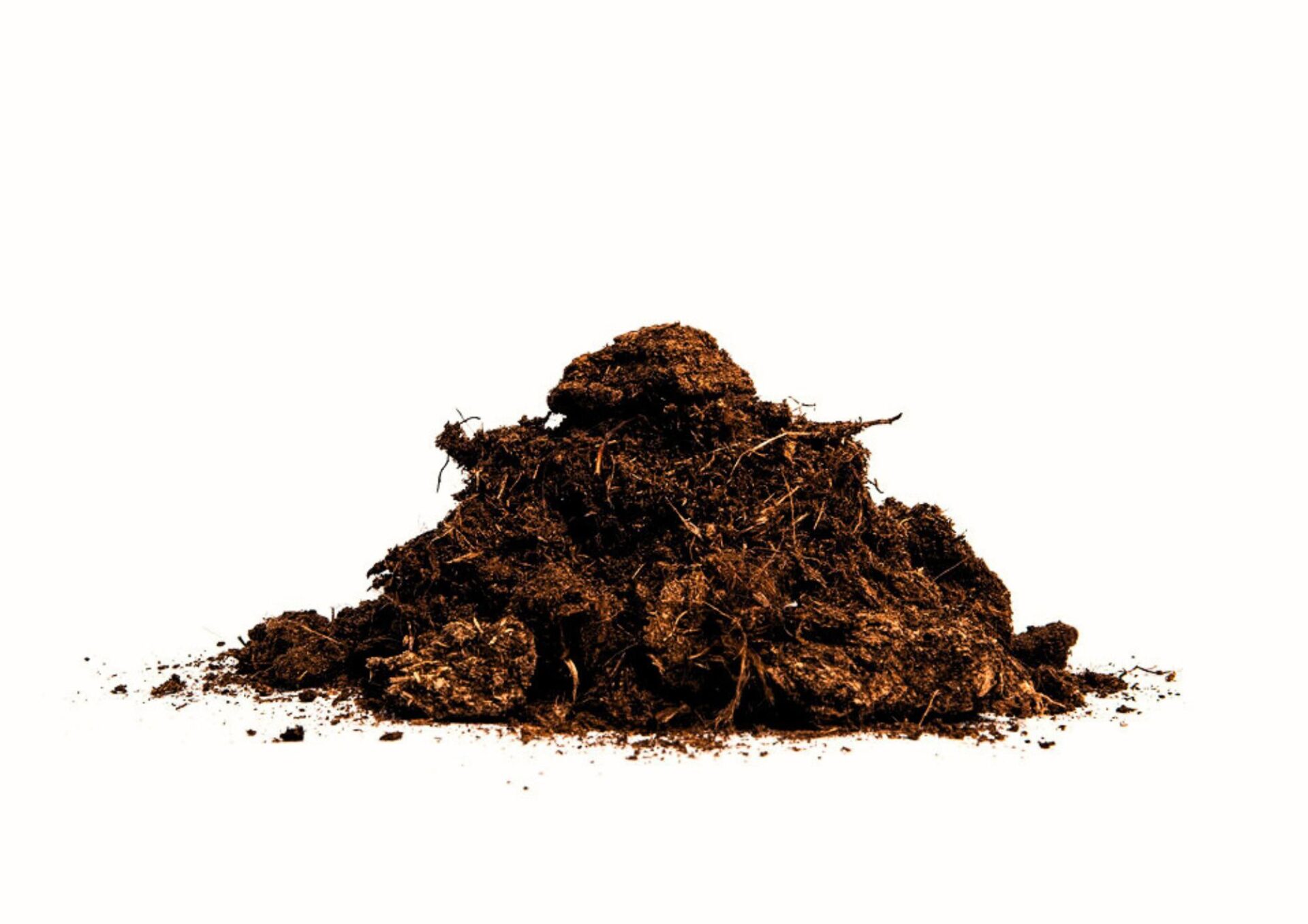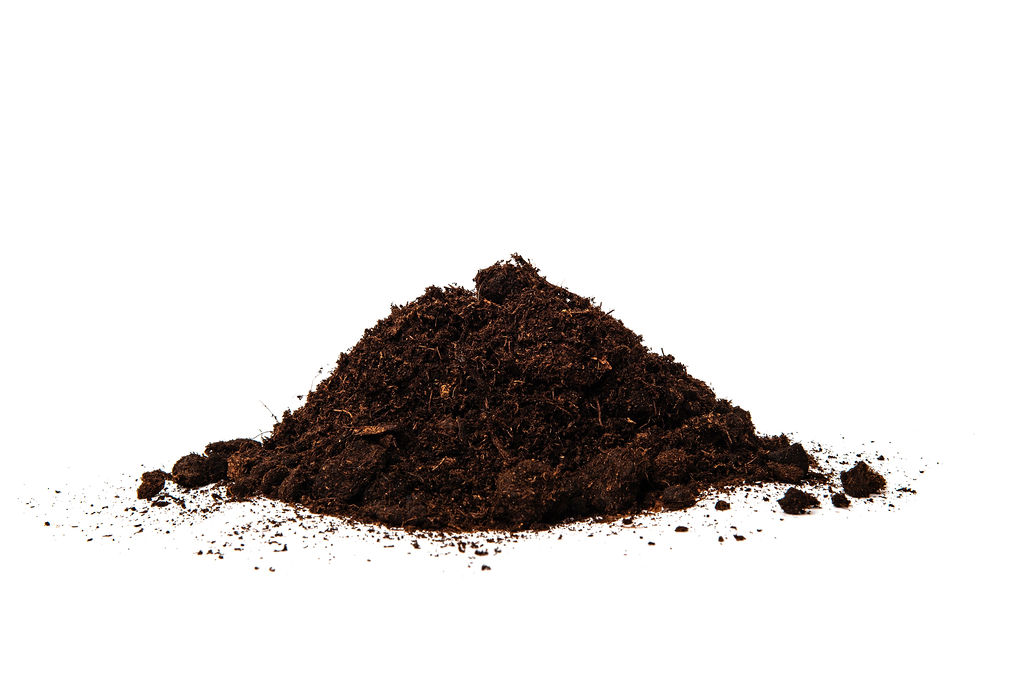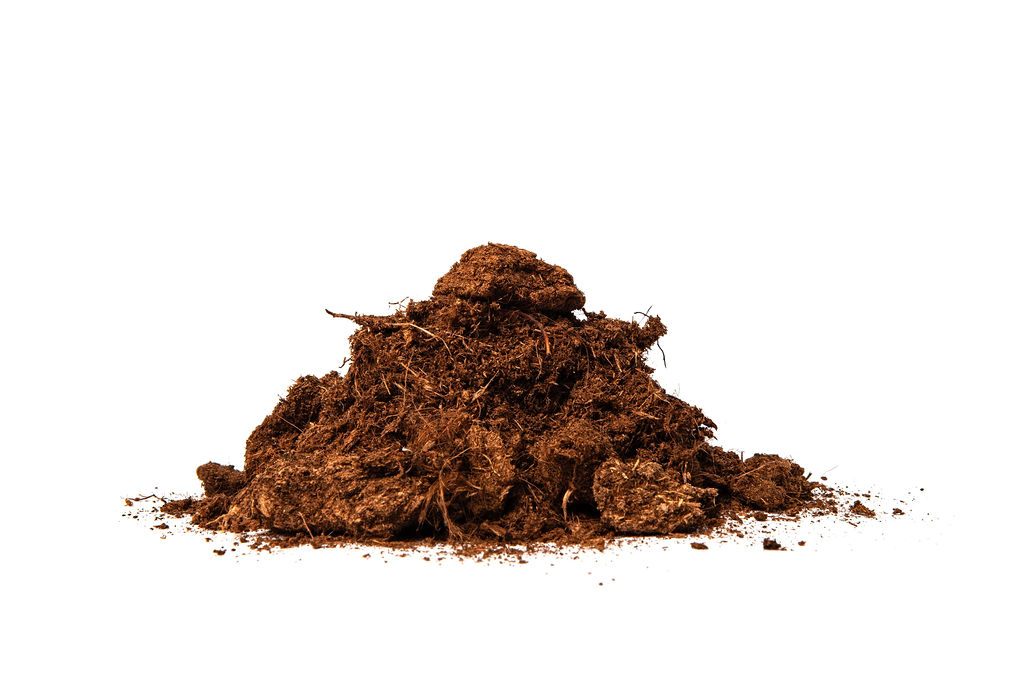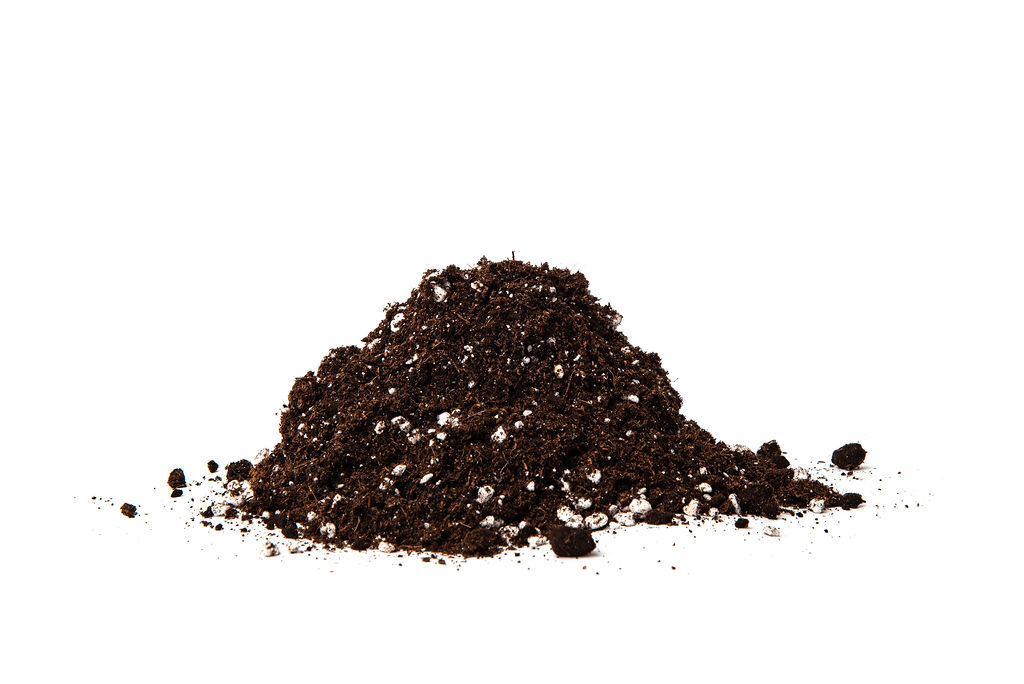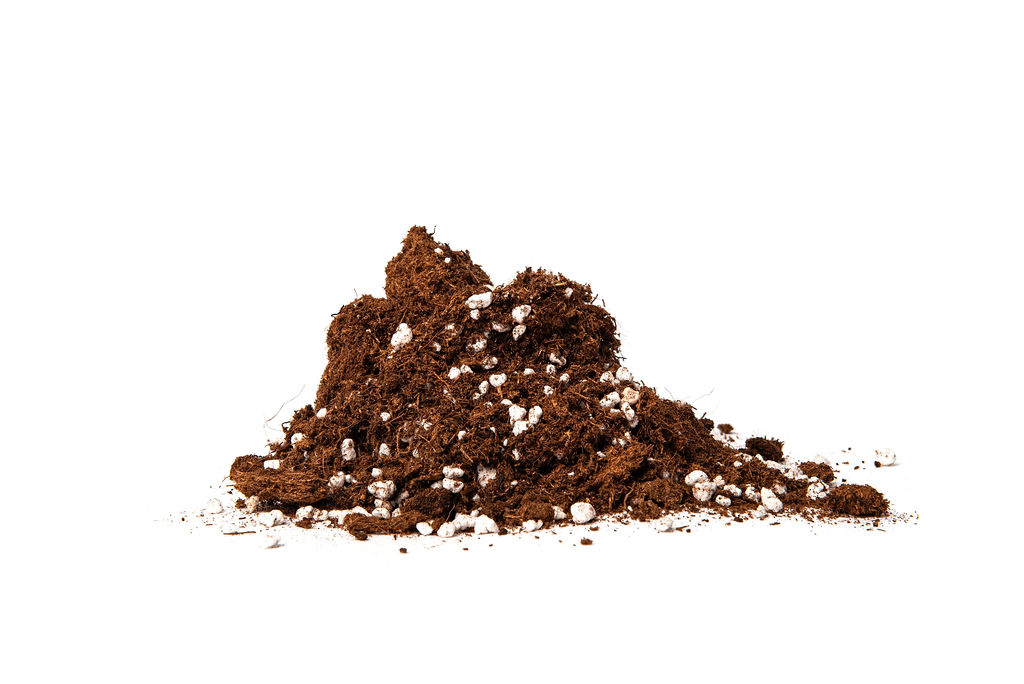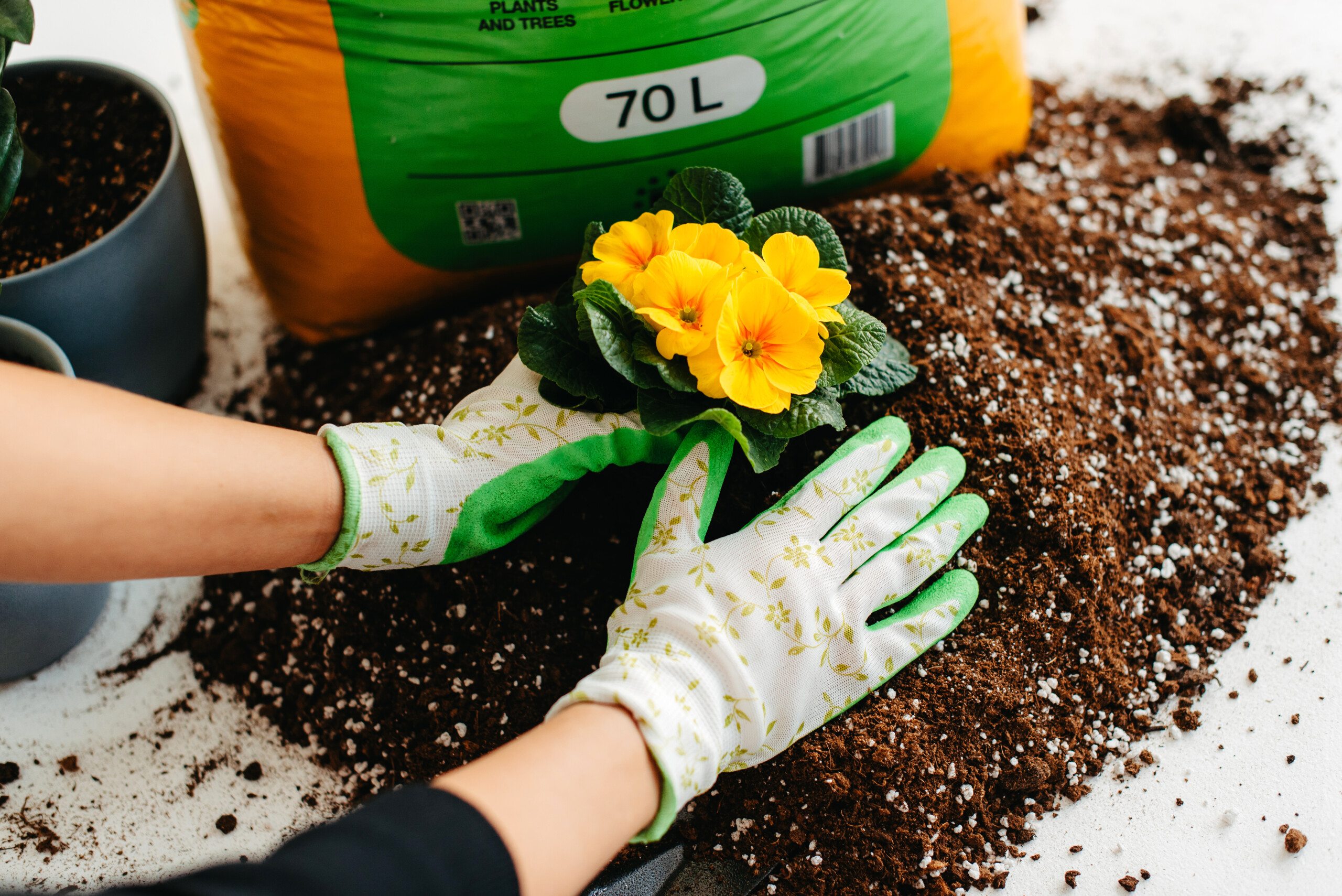
Why Choose a Peat Moss Substrate?
Retain Moisture
Too little water and plants suffer from stress and stunted growth. Too much raises the risk of root rot and other issues. Peat moss substrates can help with moisture management by retaining moisture effectively without becoming waterlogged. This creates a stable, controlled environment where plants have consistent access to the water they need, reducing the need for frequent irrigation and minimizing water-related problems.
Retain Nutrients
Peat moss is known for its high cation exchange capacity (CEC), which is a critical feature for professional growers. A higher CEC allows the substrate to hold onto nutrients such as potassium, calcium, and magnesium, making them available to plants over time.
Buffer pH
Peat moss has a naturally low pH, typically ranging from 3.5 to 4.5. However, it also offers excellent buffering capacity, meaning it can stabilize pH levels when combined with lime or other amendments.
Increase Aeration
The fine, homogeneous structure of peat moss provides the perfect conditions for root development, where roots are encouraged to grow both vertically and horizontally, fully exploiting the available substrate.
Its fibrous composition creates a network of small air pockets that increase oxygen availability around the roots. The uniform particle size aids in moisture distribution throughout the root zone, which prevents dry spots that could stress plants and inhibit growth.
Substrate Applications
From seed starting to soil conditioning, peat moss substrates support every stage of plant growth in both professional and home gardening environments.
Seed Starting
Uneven root growth can result in inconsistent plant size, weak seedlings, and, ultimately, uneven crop yields – a serious issue for professional growers aiming for high-quality production.
The fine texture and balanced composition of our peat moss substrates create an ideal environment for roots to penetrate and spread evenly. Each seedling benefits from optimal conditions to develop robust, healthy roots from the very beginning. As these roots take hold, plants grow uniformly, leading to more reliable and predictable yields throughout the crop.
Potting Mixes
Container gardening presents its own set of challenges – limited root space, fluctuating moisture levels, and nutrient retention issues. Adding peat moss substrate transforms the medium, making it light and airy so roots can stretch out and breathe even in the tight confines of a pot.
Peat moss acts as a moisture regulator, absorbing and releasing water as needed to keep the potting mix evenly moist without oversaturation. Plus, it holds onto those vital nutrients that often wash away with frequent watering, ensuring potted plants get the steady nourishment they need to grow strong and healthy.
Soil Conditioning
Mixing peat moss substrate into soil transforms compacted dirt into a breathable, root-friendly environment, helping plants establish and grow stronger. It brings a balance to less-than-ideal soils – preventing sandy soils from draining too quickly and clay soils from becoming waterlogged. And with a subtle nudge toward acidity, it creates the perfect conditions for acid-loving plants to thrive.
Professional Substrates for Commercial Growers and Nurseries
In professional growing operations, consistency and precision are everything. Peat moss substrates rise to the challenge, providing the reliable foundation that commercial nurseries and large-scale growers need.
One of the significant advantages of peat moss is its natural sterility. Unlike soil, which can harbor pathogens, peat moss is free from diseases, pests, and weed seeds. This sterility is a major benefit for professional growers, as it reduces the risk of introducing diseases into a controlled growing environment.
